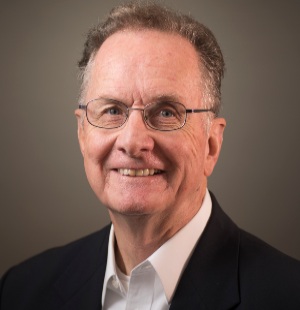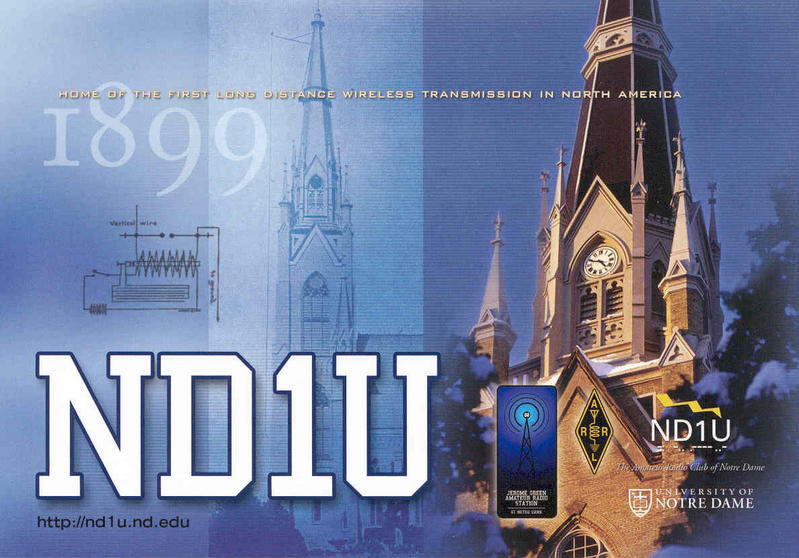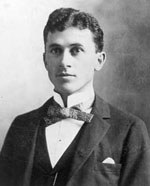Barry Keating Reflects on History with Amateur Radio in Light of Wireless 125th Anniversary
April 10, 2024
Barry Keating, Professor Emeritus at the Mendoza College of Business and expert in amateur radio, will lead an upcoming panel on the history of wireless communications at the University of Notre Dame and Saint Mary’s College. The panel will cover past and current wireless innovations leading up to the 125th anniversary of the first long-distance transmission in North America, which occurred on April 19, 1899. The transmission was conducted by Professor Jerome Green, a professor of telegraphy, using a transmission wire attached to the top of the Basilica of the Sacred Heart to send a mission from Notre Dame’s campus to Saint Mary’s.
The history panel includes Sister Catherine Osimo, Thomas Fuja, David Siddall, and Bertrand Hochwald, with Keating moderating. Keating is an affiliate of the Wireless Institute and has taught business economics and predictive analytics at Notre Dame. He co-created and taught a Wireless Technology, Economics, and Policy course open to students in any discipline interested in the telecommunications industry.

Keating became interested in amateur radio while in grade school after his neighbor showed him how he used personal radio equipment to communicate with a fellow radio operator in Germany. “I was hooked. I thought that’s the coolest thing I’ve ever seen,” Keating said. “He [wasn’t] using any wires or anything, and he [was] talking to a person in Germany, and I thought I want to do that.”

Around 30 years ago, Keating decided to resurrect the Notre Dame Amateur Radio Club and registered with the Federal Communications Commission the vanity call sign ND1U. The club is still in operation and helps students learn about amateur radio, earn their operating license, and gain access to operating radio equipment. For the 100th anniversary of wireless communications at Notre Dame, Keating set up an amateur radio station between Mendoza and DeBartolo Hall during the 1998 Notre Dame vs. Michigan game.
Keating is a member of the local Michiana Amateur Radio Club, where he operates using digital, voice, and even Morse code, which was the traditional form of wireless communication and the method Green used in his initial transmission. There are over 750,000 amateur radio operators across the United States.
Current communication is dependent on cellular towers, but if these were to go down due to a natural disaster or power outage, amateur radios would rely on batteries and not electricity so they could continue to operate in the case of emergencies. However, most amateur radio operators consider it a hobby.
“Amateur radio is just a lot of fun for me,” said Keating. I talk to people all over the world.”
Keating said the latest fad in amateur radio is operating in open areas, such as mountain tops and parks. He has conducted a few operations from summits reaching 10,000 feet in Colorado.

Keating has communicated with people at the International Space Station, Antarctic stations, boats in the Suez Canal, and the Arctic Circle.
Keating is excited to share Prof. Green’s story with the Notre Dame community and engage students, faculty, and staff in the history of wireless communications on both Notre Dame’s and Saint Mary’s campuses.
Join the Wireless Institute on April 19, 2024, to celebrate 125 years of wireless communications at Notre Dame and North America. Learn more at: https://wireless.nd.edu/125-years/.

